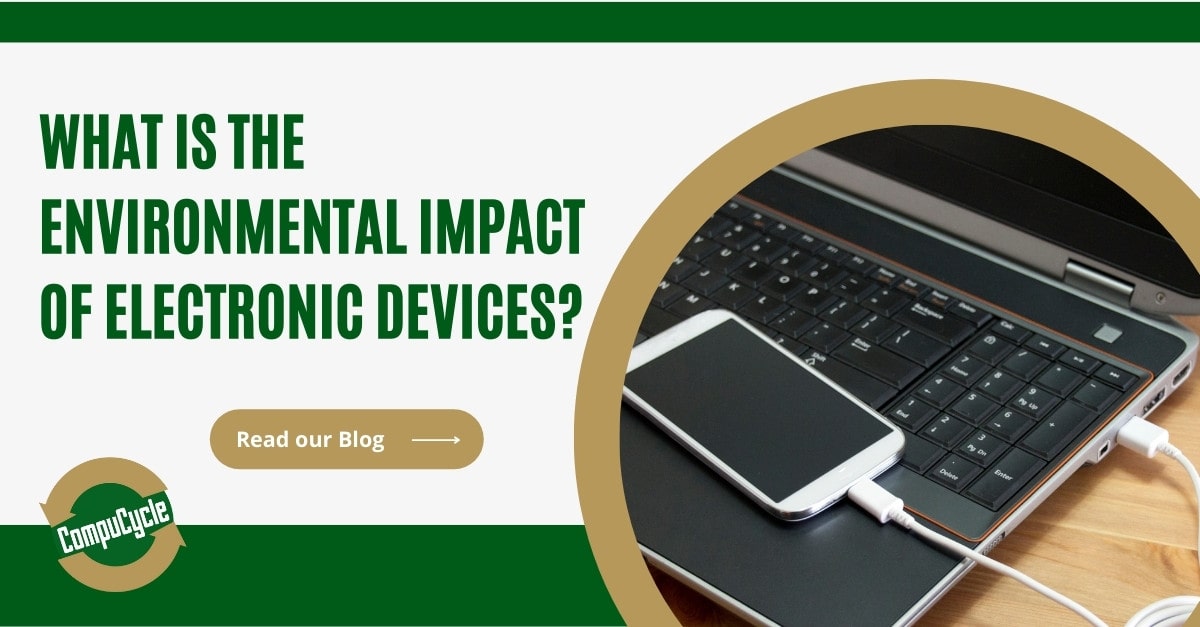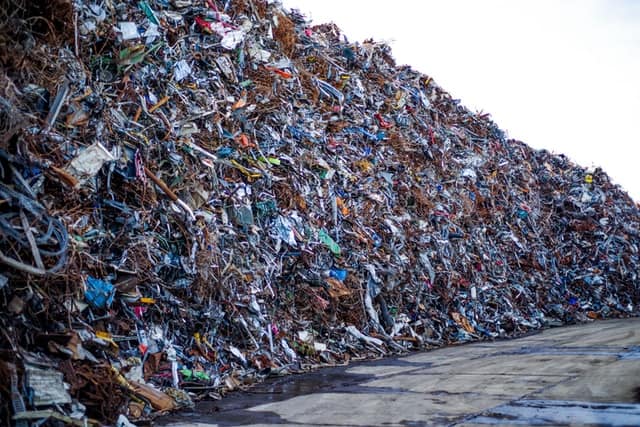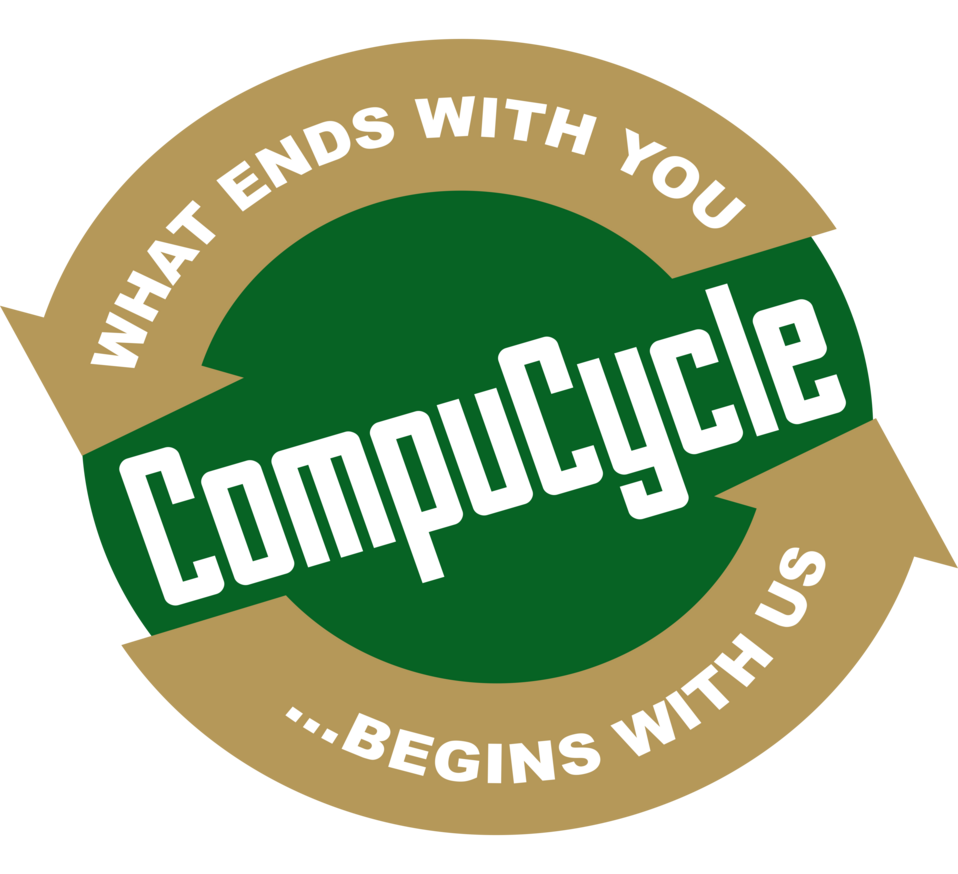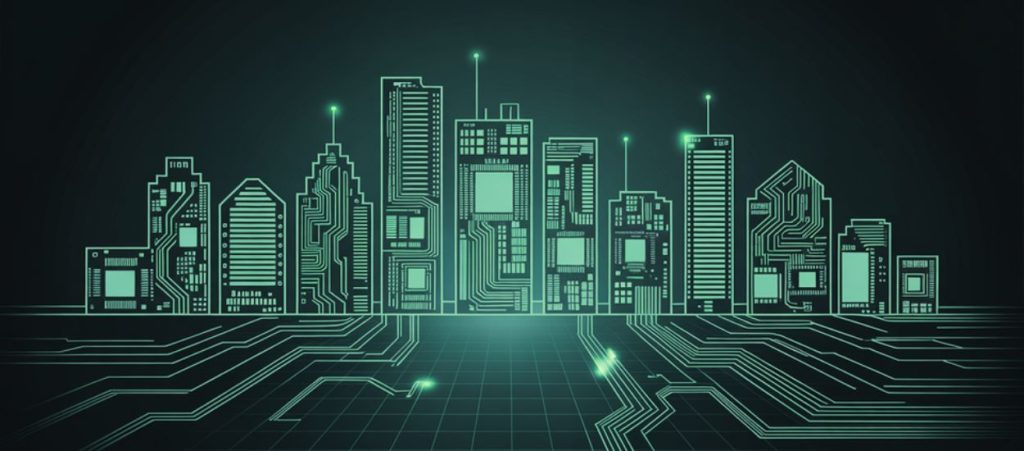
According to Global News Wire, the Electronic industry grew from $948.7 billion in 2020 following COVID-19 to $1.05 trillion by 2021. This incredible growth was mainly due to the emergence of remote work, online education, and the growing demand for entertainment, prompting millions of consumers worldwide to buy computers, laptops, smartphones, games, etc.
Businesses also upgraded their IT infrastructure (servers, storage, structured wiring, etc.) to digitalize their operations further and manage more data. As a result, electronic devices have become one of the main contributors to solid waste worldwide, creating severe problems for our environment at every stage of their lifecycle.

In this post, we’ll talk about the environmental impact of electronics and e-waste to highlight the importance of properly disposing of and recycling old, purposeless, or malfunctioning devices. E-waste can comprise devices like old hard drives, broken cellphones, outdated computers, and faulty alarm systems.
What Is E-Waste?
Electronic waste (or e-waste) is a term used to describe any device with electronic components that have reached the end of its lifecycle. Any device that no longer serves the purpose it was procured for and needs to be disposed of is considered e-waste. This includes anything, like batteries, computers, wires, hard drives, and fax machines.
The Problem With Electronic Waste
The main problem with electronic waste is that it contains pollutants, such as:
- Lead
- Cadmium
- Barium
- Mercury
- Lithium, etc.
These metals are linked to several health concerns for humans, plants, and animals, including cancer, cardiovascular disease, DNA damage, etc.
Moreover, due to improper disposal and recycling worldwide, a lot of the precious material that went into making those devices, from aluminum to gold, silver, iron, copper, etc., ends up in landfills and oceans. As a result, manufacturers use new resources to keep up the supply most of the time.
The Environmental Impact of E-Waste
Our dependence on evolving technology has made it impossible to go back to paper ledgers or stick with our current devices for more than a couple of years. Thus, the exponential rise in manufactured and discarded devices is resulting in serious threats at every stage of their lifecycle worldwide:
Air Pollution
One of the biggest environmental impacts of e-waste has been air quality degradation. Due to the rising volume of waste electronic devices, recycling companies face severe management problems resulting in improper shredding, melting, or burning. Consequently, the chemicals released travel can travel thousands of miles in any direction.
As a result, the risk of chronic respiratory diseases has increased exponentially since the internet revolution. Moreover, the gases released from improper burning or melting contribute to the degradation of the ozone layer and heating of our planet.
Land Pollution
Nearly 70% of electronic waste ends up in landfills, and this statistic is increasing every year. Many landfills lack the equipment or resources to recycle or repurpose waste materials properly. Others are simply overwhelmed by the amount of waste they have to deal with every day. Moreover, a significant percentage of e-waste doesn’t make it to landfills since it’s dumped illegally in untreated areas.
Consequently, chemicals and toxic metals make their way into the soil and degrade the soil quality. This pollution kick-starts a domino effect that ultimately affects everything in the ecosystem, including humans.
Water Pollution
Finally, apart from air and land, electronic waste also ends up in the oceans and other water bodies. It causes dangerous chemicals and metals to mix with water and increase the risk of contamination. The pollutants impact everything, from crops to livestock, wildlife, and humans.
Moreover, these contaminants can easily seep through the soil and mix with groundwater, a major freshwater source. Even if e-waste doesn’t make it to the ocean or rivers, the contaminated water from the soil can make its way into them.
Final Thoughts
So, there you have it – a brief overview of the environmental impact of e-waste and electronic devices. According to research, we dispose of nearly 20-50 million metric tons of electronic waste. Unfortunately, less than 30% of that waste is disposed of properly. Fortunately, that’s where we come in.
CompuCycle is a secure, reliable, and certified hard drive destruction service based in Texas. We can help you safely dispose of old electronic devices and e-waste, such as HDD hard drives, peripherals, and components, from your facility through on-site shredding.
We are environmentally responsible, adhering to the latest waste recycling standards in the country. More importantly, we believe that proper e-waste disposal is a necessity, not a luxury. Thus, we offer extremely competitive prices so more startups and small businesses can participate.
Feel free to get in touch with our team to learn more about our eco-friendly data destruction services.
Recent Articles
Secure Electronics Disposal in Houston: Why the City’s Largest Industries Trust CompuCycle
When a major healthcare system decommissions thousands of laptops, or an oil and gas company retires an entire data center, one question comes up again and again: What happens to all that data — and…
Read MoreCompuCycle Executives Join R2 TAC and e-Stewards Leadership Council to Advance ITAD Standards
Houston-based ITAD provider deepens its industry influence through active participation in standard-setting committees. As corporate ITAD needs evolve alongside stricter compliance and ESG requirements, CompuCycle continues to lead the way—this time by contributing directly to…
Read MoreI’m Just a Computer: A Journey Through ITAD Recycling
Meet Chip the Computer – he’s about to take you on an unforgettable journey through the world of IT Asset Disposition (ITAD). Buckle up for an adventure that’s both educational and entertaining! Chapter 1: “Hello,…
Read MoreIs There a Wrong Way to Recycle Electronics?
Most people agree that recycling electronics is the right thing to do. It prevents hazardous waste from entering landfills, supports sustainability goals, and allows for the recovery of valuable materials. But what many businesses don’t…
Read More


